Description
What is a 2.4 GHz High-gain Antenna Embedded PCB Antenna?
The 2.4 GHz High-gain Antenna Embedded PCB Antenna style CTRF-ANTENNA-PCB-2450-5826-IPEX antenna indoor wifi antenna is a 5dBi gain 2.4 GHz High-gain Antenna Embedded PCB Antenna with a 58x26mm size and RG1.13 low loss coaxial cable Ipex/U.FL antenna manufactured by C&T RF Antennas Inc.
Contact the C&T RF Antennas Inc. sales team for a 2.4 GHz High-gain Antenna datasheet, 2.4 GHz High-gain Antenna pricing, and inventory on 2.4 GHz High-gain Antenna.
Or other 2.4 GHz High-gain Antenna styles.
2.4 GHz High-gain Antenna Embedded PCB Antenna Features
Compact 50-Ω antenna
Measures 56 × 26 mm
Linear polarization
An omnidirectional radiation pattern
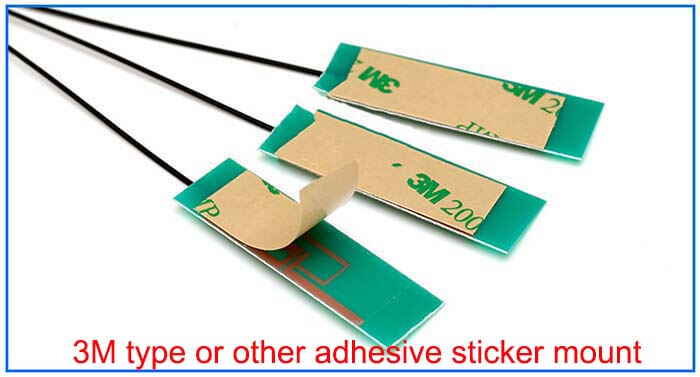

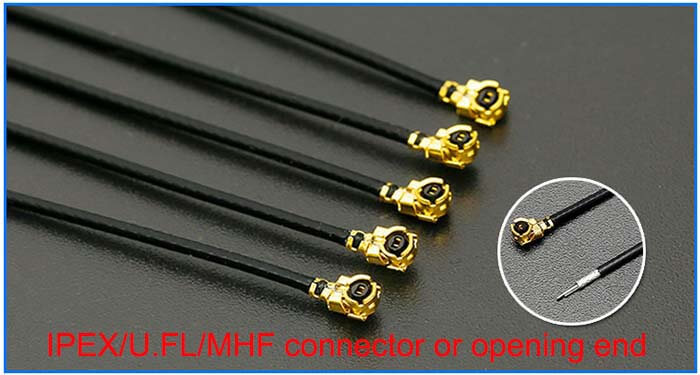
2.4 GHz High-gain Antenna Embedded PCB Antenna Applications
A growing trend in the design of PCB antennas is multiple-frequency-band coverage to accommodate systems with wideband frequency ranges and/or multiple applications.
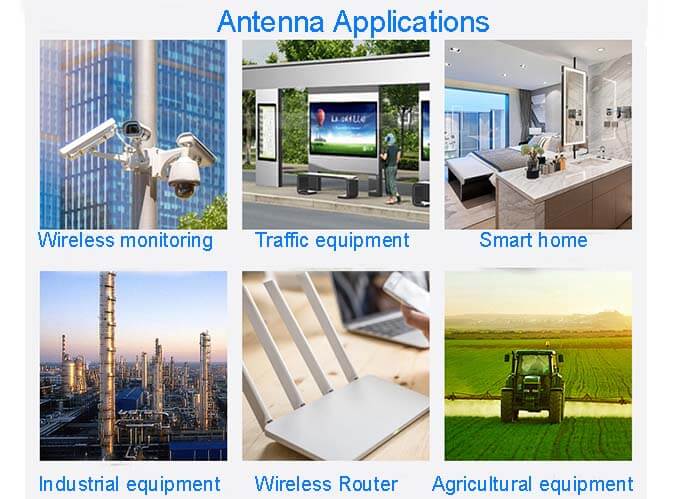
The 2.4 GHz High-gain Antenna Embedded PCB Antenna Is Supplies By C&T RF Antennas Inc, A Leading PCB Antenna Manufacturer In China.
C&T RF Antennas Inc provides RF antennas with other antenna radio frequencies such as 169MHz, 230MHz, 315MHz, 433MHz, 868MHz, 915MHz, Lora, NFC, VHF&UHF, NB-IoT, ADS-B, GSM, Wifi 2.4GHz, 5.8GHz, 2G 3G 4G LTE, GPS, GNSS, 5G NR, UWB, Cellular, etc.
We provide indoor & outdoor Wi-Fi antennas with many antenna types such as Dipole Antennas, Whip Antennas, Marine Antennas, Router Antennas, MIMO Antennas, Combo Antennas, PCB Antennas, FPC Antennas, Spring Antennas, Sector Antennas, Yagi Antennas, etc., for IoT & M2M industries.
Contact us for more details on the 2.4 GHz High-gain Antenna Embedded PCB Antenna’s datasheet, 2.4 GHz High-gain Antenna Embedded PCB Antenna pricing, and 2.4 GHz High-gain Antenna Embedded PCB Antenna inventory. or the other types of 2.4 GHz High-gain Antenna.
2.4 GHz High-gain Antenna Embedded PCB Antenna Specifications
2.4 GHz High-gain Antenna Embedded PCB Antenna Electrical Specifications |
|
| RF Antenna Type | Embedded PCB Antenna |
| Model | CTRF-ANTENNA-PCB-2450-5826-IPEX |
| Frequency | 2400-2500 MHz |
| Gain | 5dBi |
| VSWR | ≤2.0 |
| Impedance | 50 Ω |
| Polarization | Vertical/Linear |
| Cable Type | RG1.13 |
| Connector | U.FL/IPEX |
| Cable Length | 100mm |
| Lightning Protection | DC-Ground |
2.4 GHz High-gain Antenna Embedded PCB Antenna Mechanical Specifications |
|
| PCB Board Dimension | 58*26mm |
| Weight | Approx. 5g |
| Material | PCB |
| Operation Temperature | -40˚C ~ +85˚C |
| Storage Temperature | -40˚C ~ +80˚C |
| Color | Green |
| Antenna Design | Dipole Array |
| Mounting | Connector |
| Safety Emission and other | RoHS Compliant |
| Applications | ISM/SCADA/Utilities, IoT/M2M, Wireless LNA/Wi-Fi/Bluetooth/Zigbee/Sigfox, etc. |
2.4GHz wireless technology
2.4G wireless technology, its frequency band is between 2.405GHz-2.485GHz (science, medicine, agriculture). So referred to as 2.4G wireless technology.
This frequency band is an internationally regulated free frequency band, and there is no need to pay any fees to relevant international organizations.
This provides necessary favorable conditions for the development of 2.4G wireless technology. And 2.4G wireless technology is different from the previous 27MHz wireless technology.
Its working mode is full-duplex mode transmission, which has an absolute advantage over 27MHz in anti-interference performance. This advantage determines its super anti-interference and the maximum transmission distance of 10 meters.
In addition, 2.4G wireless technology also has a theoretical data transmission rate of 2M, which is double the theoretical transmission rate of Bluetooth 1M. This improves the reliability of the future application layer. Integrating the three commonly used wireless transmission technologies 2.4G, Bluetooth, and 27MHz, 2.4G has its own unique advantages.
Compared with Bluetooth, its product manufacturing cost is lower and it provides a higher data transmission rate. Compared with the same free 27MHz wireless technology, its anti-interference, maximum transmission distance, and power consumption are far beyond.
What are the advantages of 2.4G compared with other wireless technologies?
In theory, 2.4GHz is a frequency band that works in the ISM band. The ISM frequency band is an industrial, scientific, and medical frequency band. Generally speaking, countries in the world have reserved some wireless frequency bands for industrial, scientific research, and microwave medical applications.
The application of these frequency bands does not require a license, only a certain transmission power (generally less than 1W) is required, and no interference to other frequency bands is required.
The ISM frequency band is not uniform in various countries. And 2.4GHz is the ISM frequency band common to all countries. Therefore, wireless LAN (IEEE 802.11b/IEEE 802.11g), Bluetooth, ZigBee, and other wireless networks can all work in the 2.4GHz frequency band.
The so-called 2.4G wireless technology has a frequency band between 2.405GHz and 2.485GHz (science, medicine, and agriculture). So referred to as 2.4G wireless technology.
What does the 2.4G free frequency band mean?
The free frequency band refers to a frequency band allocated by each country according to their actual conditions and considering as much as possible consistent with other countries in the world. It is used exclusively for industrial, medical, and scientific research (ISM frequency band). Bands that can be used free of charge upon application.
The 2.4G frequency band in our country is just such a frequency band. However, in order to ensure that everyone can use it reasonably, the state has imposed corresponding restrictions on the power of wireless transceiver equipment in this frequency band in different environments. For example, in an urban environment, the transmit power cannot exceed 100mW.
2. The 4G digital cordless phone solution adopts NSC’s 2.4GHz wireless solution, running on the 2.4GHz (2400-2483.5GHz) open frequency band, using time division duplex (TDD), the modulation method is GFSK with BT=0.5, and the modulation index is 0.28 -0.35, using frequency hopping scheme to ensure link stability.
The 2.4 GHz non-networking solution is what we commonly call 2.4GHz wireless network technology. Its advantage is to solve the shortcomings of 27Mhz power, short transmission distance, and similar products that are prone to mutual interference.
The reason why the 2.4GHz wireless technology is “2.4GHz” instead of “2.5GHz” is that the frequency used by the technology is the 2.4-2.485GHz ISM wireless frequency band, which is free for use in most countries around the world. This is a product The popularity of China has cleared the biggest obstacle.
Bluetooth technology is short-distance wireless communication technology, a protocol that can realize the wireless connection between a variety of devices, and a simple and stable wireless connection method.
With its distance in use, anti-interference ability, ease of use, Leading in security, and other aspects, the cost of Bluetooth devices is also declining, making Bluetooth technology gradually become the mainstream technology for wireless peripherals.
All Bluetooth devices must have the Bluetooth logo because Bluetooth technology is added from the 2.4-2.485GHz ISM (industrial, scientific, medical) frequency band with a specific protocol, so it can make any Bluetooth devices pair and connect with each other within a certain range, transfer data.
The benefits of this technology not only reduce or even eliminate the phenomenon of mutual interference between wireless devices but also make Bluetooth devices more adaptable and cheaper.
In addition, Bluetooth technology has a transmission rate of up to 1Mbps per second. Although there is still a gap with the 2Mbps of 2.4Ghz non-networking solutions, it is still higher than the 27MHz wireless technology.
In order to realize personal PC automation control, liberate human beings from the wired environment, and replace cables as the goal, keyboard, and mouse wireless technology is widely welcomed by everyone, but the traditional 27 MHz RF wireless frequency band technology is in this frequency band.
Four global channels, two of which are used for wireless keyboards, and the other two are used for wireless mice. The output rate is 4.8MB/S, which is not only susceptible to interference, but the transmission distance is only 6 feet (182.88cm).
The 2.4GHz frequency belongs to the ISM (Industrial, Scientific, and Medical Equipment) frequency and can be used without permission from the authorities.
The 2.4G wireless mouse works in full-duplex mode transmission, which has an absolute advantage over 27MHz in anti-interference performance. This advantage determines its super anti-interference performance and a maximum transmission distance of 10 meters. The two-way transmission technology is at least 400 times faster.
The data transmission rate of 2M is twice that of Bluetooth’s 1M theoretical transmission rate, so it saves more power. In addition, the 2.4GHz wireless mouse carries multiple information channels at the same time plus intelligent frequency hopping technology to achieve excellent stability and anti-interference.
As the most efficient wireless connection method at present, it is undoubtedly the most ideal technology choice for a wireless mouse, especially a specialized mouse for gaming.
From the perspective of wireless transmission technology, it is mainly divided into three categories.
The first type is the use of infrared wireless technology. This type of product is basically an obsolete product. The wireless control distance is short and there are directional requirements.
The second type is the more mainstream 2.4GHz wireless keyboard and mouse. This technology is relatively infrared. It is a huge improvement. First of all, its use distance has been greatly increased, and theoretically, the maximum can reach 10 meters.
There are five wireless headset technologies on the market today, namely infrared, 27MHz radio frequency, Bluetooth, frequency modulation, and 2.4GHz digital high-speed radio frequency technology.
It can be seen that 2.4GHz wireless technology has the most mature market conditions in the evaluation of comprehensive capabilities.
C&T RF Antennas Inc. provides the 2.4 GHz High-gain Antenna for 2.4GHz wireless technology applications. Contact us for more 2.4 GHz High-gain Antenna design and production.

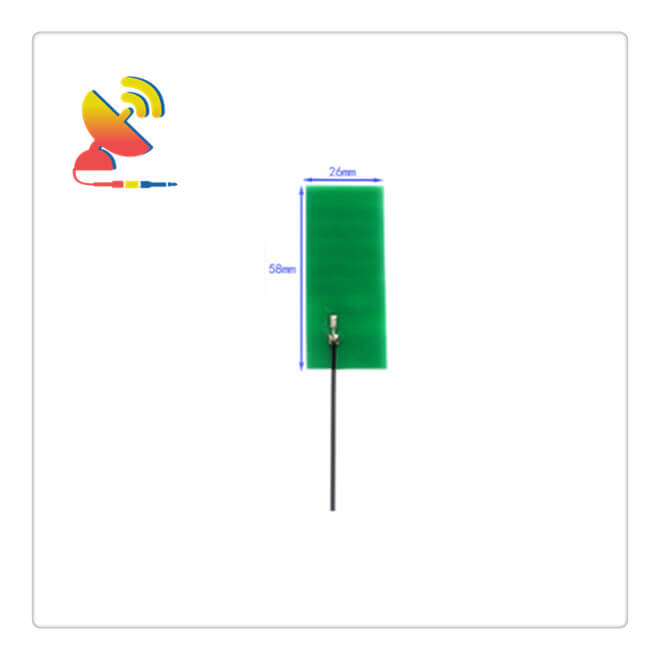
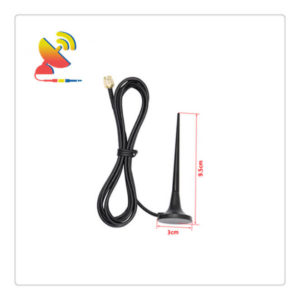
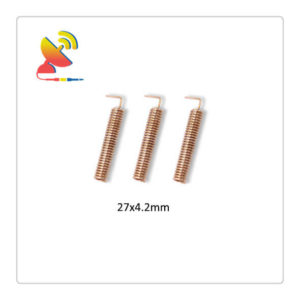
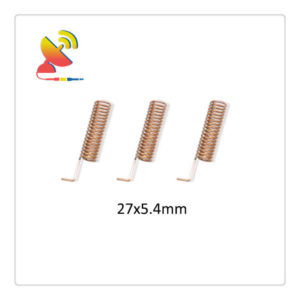
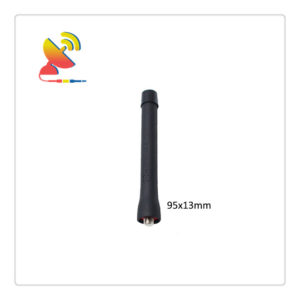
Reviews
There are no reviews yet.